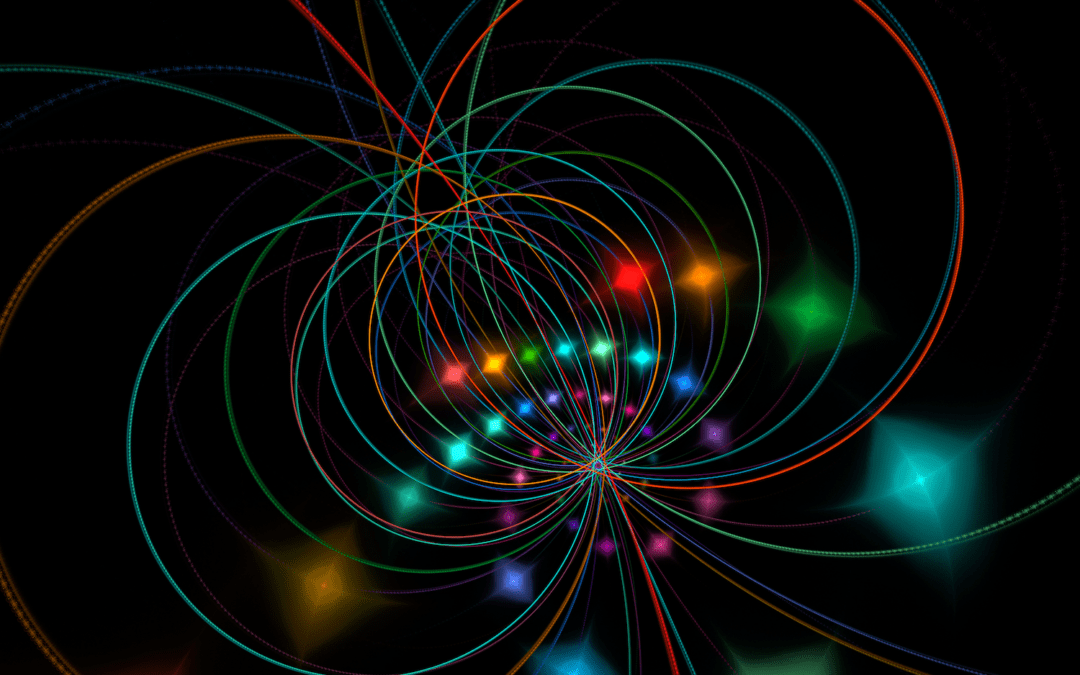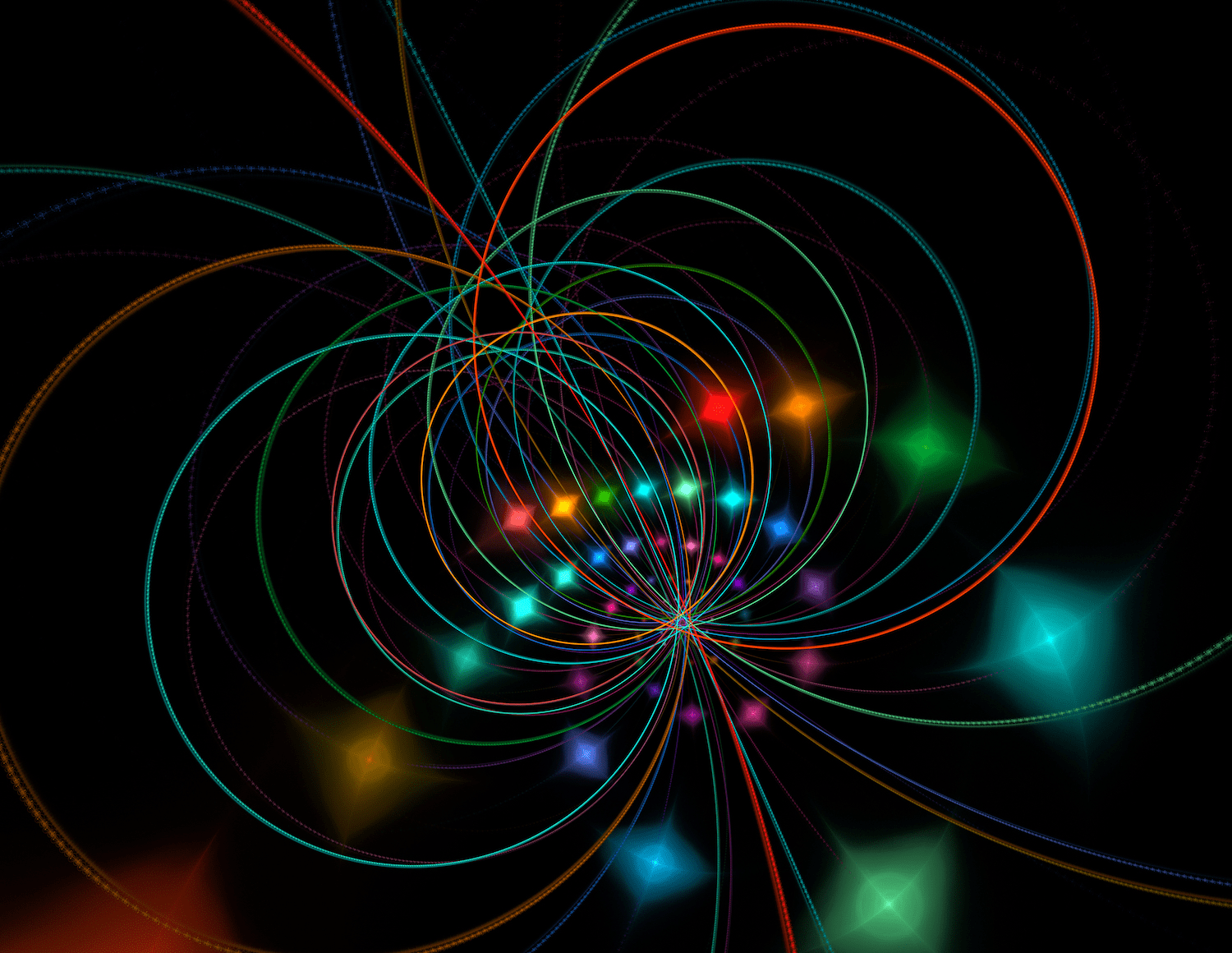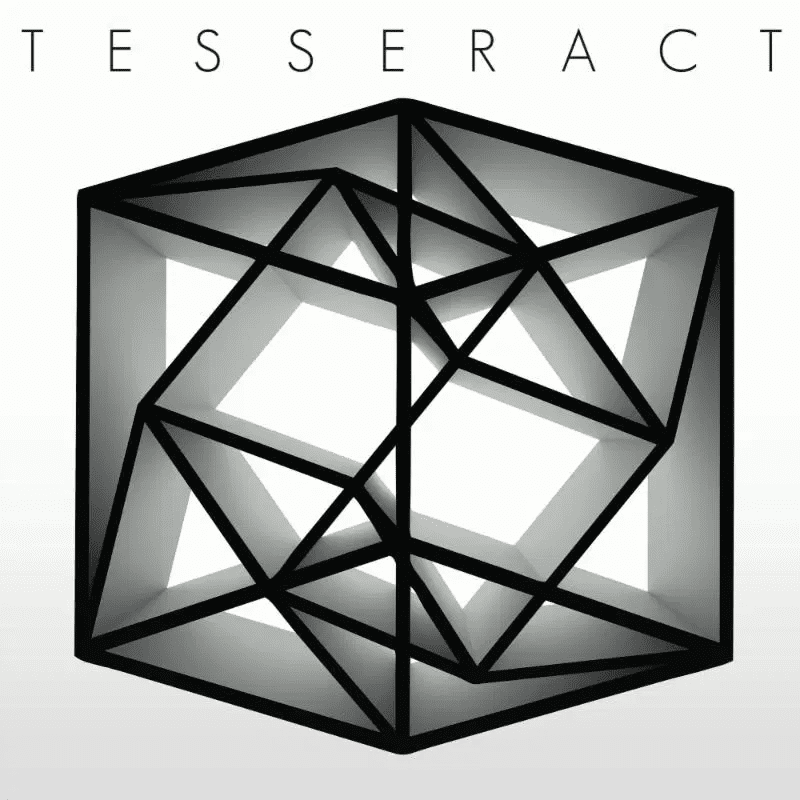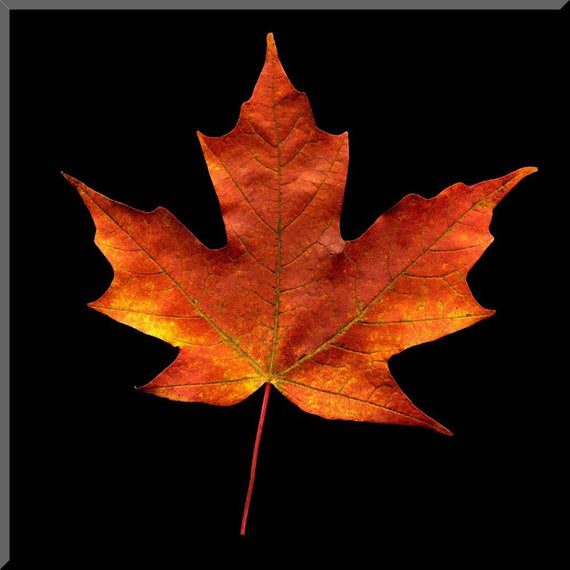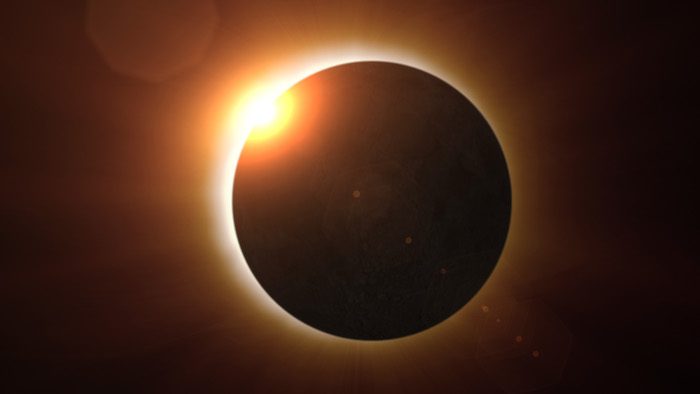It is widely believed that we live in a four-dimensional world comprised of length, width, height and time. But the mathematics of string theory, the current theoretical framework that we use to explain the universe, does not work in our four-dimensional world.
String theory states that quarks, which are the building blocks of subatomic particles like protons and neutrons, are made up of tiny strings that vibrate at different frequencies to give them their unique properties. The reason string theory doesn’t fit our three spatial dimensions is that the strings, in theory, don’t have enough room to wiggle and bring about the unique properties of quarks. Therefore, in recent years, scientists have suggested a very intriguing idea: there might actually be more than four dimensions.
String theory has got us thinking that we might actually be living in a ten- or eleven-dimensional world. You may be wondering, why ten or eleven dimensions? Why not more? The (admittedly handwavy) answer is because there are some magic numbers in mathematics that have spectacular properties, and it turns out that once you reach a 12-dimensional universe, subatomic particles are too unstable and will collapse.
Physicists aren’t squabbling over the feasibility of 11 versus 12 dimensions, but rather this idea of additional dimensions in general. The extra dimension theory has divided the scientific community, with many believing that it might actually be reality, and others agreeing that it’s just some vague, unprovable idea. People often relate higher dimensions to science fiction, but it’s no longer a plot of a high-budget sci-fi film. It’s the new talk of the town, and has left scientists contemplating our complete understanding of the universe.
The basic concept behind these extra dimensions (hyperspace)
Consider a desk with a flat surface on which you start placing paper side by side. Eventually, you would run out of space, having exhausted the surface area of the desk (the first and second dimensions). At this point, an ant standing on the desk would say, “There is not more space.” But you could add a standing shelf to the desk (the third dimension), fill it with paper, and say “Yes, there is.” For the ant, this paper has disappeared into a dimension it cannot access. Now imagine that you cover the entire surface of the desk with standing shelves and fill them with paper. You would say, “I have run out of space, and the only way to store more paper is to add another table.” But an alien watching you might say “Wait a second; I got it!” and place the paper in the fourth dimension. In this scenario, the pages have disappeared (from your perspective), but they are actually in the fourth dimensional world. That’s basically the logic behind extra dimensions. They exist, but with our current methods and technology, we are unable to detect them. We are like the ant standing on the desk, unaware of the dimensions it cannot experience.
What do these extra dimensions look like?
A dot on a paper has no dimension, as it has no height, width or length. A line drawn has one dimension, which is its length. A square has two dimensions, length and width. A cube consists of three dimensions, length, width and height. A line is one-dimensional, but it is bound by two points. A square is two-dimensional, forged out of four one-dimensional lines. Similarly, a cube which is three dimensional, is made up of six two dimensional squares. So, the pattern currently is two, four, six. Now let’s go up to a fourth dimensional shape. A four-dimensional shape which, we call a tesseract, has eight sides, and each side is made out of a cube! Our brain has a very hard time imagining extra dimensional shapes like a tesseract. Currently, we don’t know what a ten or eleven-dimensional world looks like. Scientists have proposed thousands of different ten- and eleven-dimensional shapes, but they just don’t know which might be the right one. They strongly believe that pinning down the exact shape could be the key to understanding extra dimensions.
But if there are extra dimensions, then where are they?
Currently, scientists believe that extra dimensions might be tiny and curled up; that is, scrunched up so small that even though they’re all around us, we don’t see them. For example, consider a microscopic bacterium looking at a piece of paper. For the bacterium, the piece of paper would be three-dimensional, as it would have height, width and length, but to humans, the page is only two-dimensional. Similarly, it could be true that the extra dimensions are curled up so small that our naked eyes (or even our best microscopes) cannot detect them. But in contrast, it might also be true that they are actually too large for us to observe. They might even be as big as our observable universe. For example, consider a bacterium in the middle of the wall of a room. The bacterium sees only a two-dimensional surface (the opposite wall), but from an outside perspective, the room is actually a three-dimensional shape. We might be living in a small part of the ten/eleven-dimensional shape which is so huge that we comprehend it as only three-dimensional.
Although the theory of extra dimensions might seem outlandish, it would help to piece together some scattered and random jigsaw pieces that won’t fit into our current idea of the universe.
We live in a very strange world. The concept of higher dimensions could be nothing more than some science fiction story to some people, but humanity has made great strides by constantly challenging the status quo. No one from the 15th century would have believed that it would one day be possible to communicate over large distances instantly, but the invention of the telephone made this lofty feat a reality. Maybe higher dimensions are another revolution waiting to be discovered.
-
Just like the rest of us, Yahya Ashraf is trying to understand the complexities of the cosmos and show the world how outlandish the universe is. He loves physics and should probably cut down on his caffeine intake.
View all posts

